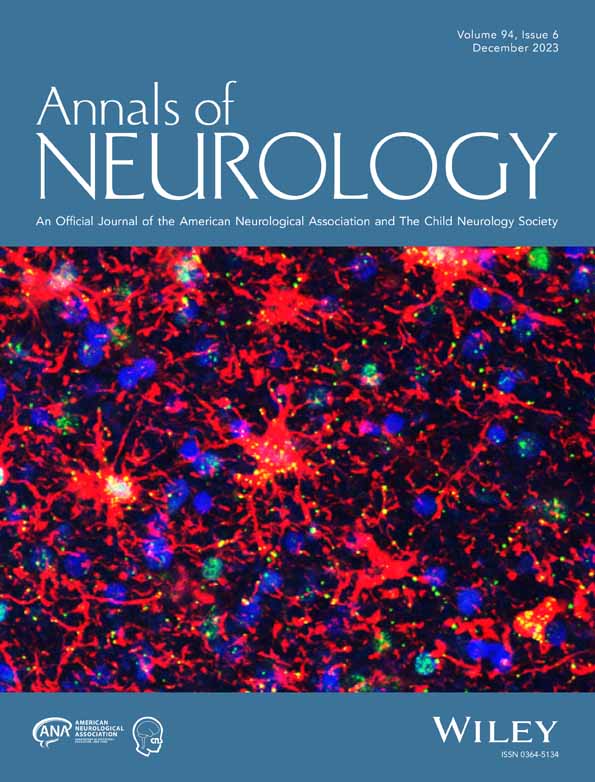Abnormal Thalamo–Cortical Interactions in Overlapping Communities of Migraine: An Edge Functional Connectivity Study
Abstract
Objective
Migraine has been demonstrated to exhibit abnormal functional connectivity of large-scale brain networks, which is closely associated with its pathophysiology and has not yet been explored by edge functional connectivity. We used an edge-centric approach combined with motif analysis to evaluate higher-order communication patterns of brain networks in migraine.
Methods
We investigated edge-centric metrics in 108 interictal migraine patients and 71 healthy controls. We parcellated the brain into networks using independent component analysis. We applied edge graph construction, k-means clustering, community overlap detection, graph-theory-based evaluations, and clinical correlation analysis. We conducted motif analysis to explore the interactions among regions, and a classification model to test the specificity of edge-centric results.
Results
The normalized entropy of lateral thalamus was significantly increased in migraine, which was positively correlated with the baseline headache duration, and negatively correlated with headache duration reduction following preventive medications at 3-month follow-up. Network-wise entropy of the sensorimotor network was significantly elevated in migraine. The community similarity between lateral thalamus and postcentral gyrus was enhanced in migraine. Migraine patients showed overrepresented L-shape and diverse motifs, and underrepresented forked motifs with lateral thalamus serving as the reference node. Furthermore, migraine patients presented with overrepresented L-shape triads, where the postcentral gyrus shared different edges with the lateral thalamus. The classification model showed that entropy of the lateral thalamus had the highest discriminative power, with an area under the curve of 0.86.
Interpretation
Our findings indicated an abnormal higher-order thalamo–cortical communication pattern in migraine patients. The thalamo–cortical–somatosensory disturbance of concerted working may potentially lead to aberrant information flow and deficit pain processing of migraine. ANN NEUROL 2023;94:1168–1181
Potential Conflicts of Interest
Nothing to report.
Open Research
Data Availability
Data and codes in this study are available upon reasonable request from the corresponding author.




